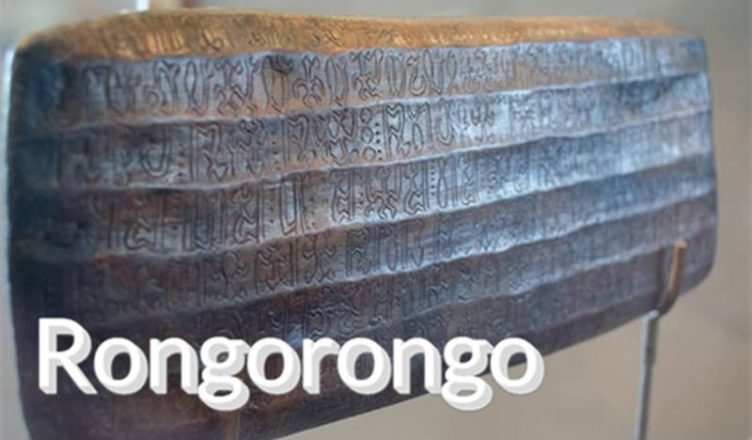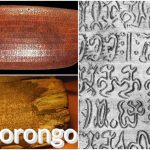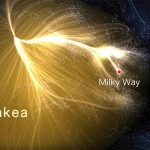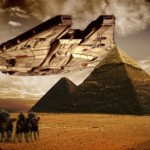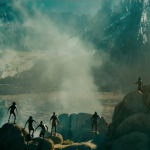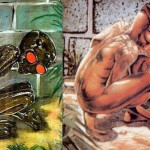Rongorongo glyphs, also known as the Rapa Nui script, are an ancient ideographic writing system that originated on Easter Island, a Polynesian island in the southeastern Pacific, around the years 1250 to 1600 AD. This writing system is exceptionally rare worldwide, with just over twenty Rongorongo artifacts currently discovered on Easter Island. This article will delve into the historical origins, global distribution, languages of use, user population, pronunciation characteristics, grammatical features, writing methods, as well as related works and representative artifacts of Rongorongo. Below are 10 Fascinating Facts about the Rongorongo Glyphs:
1. Introduction and Aliases: Rongorongo glyphs, also known as the Rapa Nui script, are an ideographic writing system from Easter Island, dating back to around the 13th century. The term “Rongorongo” in the local language may mean “to recite” and is possibly related to the literal reading of the script. It is sometimes referred to as the Rapa Nui wooden tablet script because it is often inscribed on pieces of wood.
2. Historical Origins: The exact origins of Rongorongo remain a mystery, with no definitive evidence regarding its creators or the time of its creation. According to archaeological research and oral traditions among the Easter Island inhabitants, Rongorongo may have been introduced from other Polynesian islands and subsequently developed and refined locally.
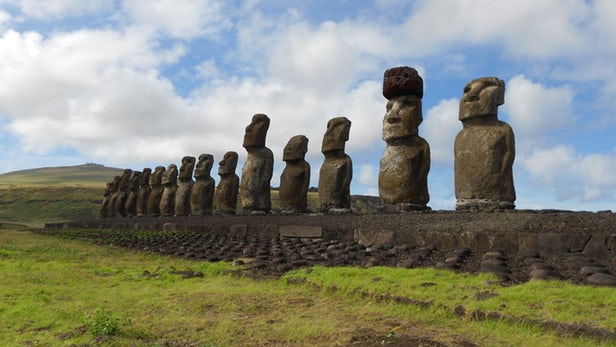
3. Worldwide Distribution: Rongorongo has only been discovered on Easter Island, with no conclusive evidence of its use elsewhere. Easter Island is a small island with a radius of less than 20 kilometers, and its limited geographic range has resulted in the extremely restricted use of Rongorongo globally.
4. Languages of Use: Rongorongo is specific to Easter Island and is also known as the Rapa Nui language. This is the indigenous language of Easter Island and belongs to the Eastern Polynesian subgroup of the Polynesian language family.
5. User Population In the 15th century, Easter Island had a population of around 8,000 people, but by the late 18th century, this number had significantly decreased to fewer than 2,000. Due to limited external contact with the island, the user population of Rongorongo decreased relatively quickly. Today, there are still individuals and groups on Easter Island working to preserve and pass on Rongorongo.
6. Pronunciation Details There is no exact evidence regarding the pronunciation of Rongorongo. As Rongorongo is used exclusively for writing the Rapa Nui language, there has been no reconstruction of a specific pronunciation system. Therefore, the precise pronunciation details of this script remain unknown.
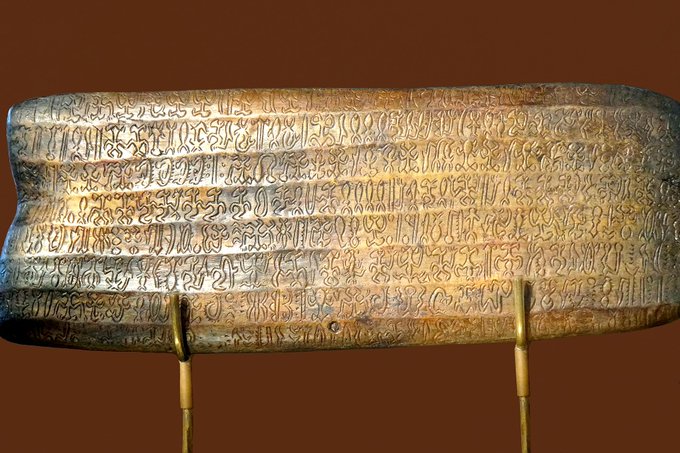
7. Grammar Details Due to the limited available materials related to Rongorongo, our understanding of its grammatical structure is still quite limited. As a purely descriptive ideographic script, it does not provide direct information about grammatical rules.
8. Writing Methods Rongorongo is a script composed of pictorial symbols. These symbols are carved onto pieces of wood or inscribed vertically on stone. Rongorongo is characterized by its intricacy and complexity, with each symbol carrying specific meanings often associated with particular words. Symbols are made up of straight lines, curves, and geometric shapes, arranged and combined to form words and sentences.
9. Related Works/Representative Artifacts Rongorongo has garnered significant attention in the fields of archaeology and linguistics. Many scholars have been working to decipher its methods of interpretation and semantic structure. Representative artifacts of this script include items found on Easter Island, such as the Vitatus stone and Igorre stone. These artifacts provide some insight and interpretation of Rongorongo.
10. Cultural Significance Rongorongo is a rare ancient writing system on Easter Island, closely linked to the Rapa Nui language. While the exact origins and grammar of Rongorongo remain enigmatic, it plays a vital role in the study of Easter Island’s culture and history. Through the study of this ancient script, we gain deeper insights into the lives and beliefs of the people on Easter Island.
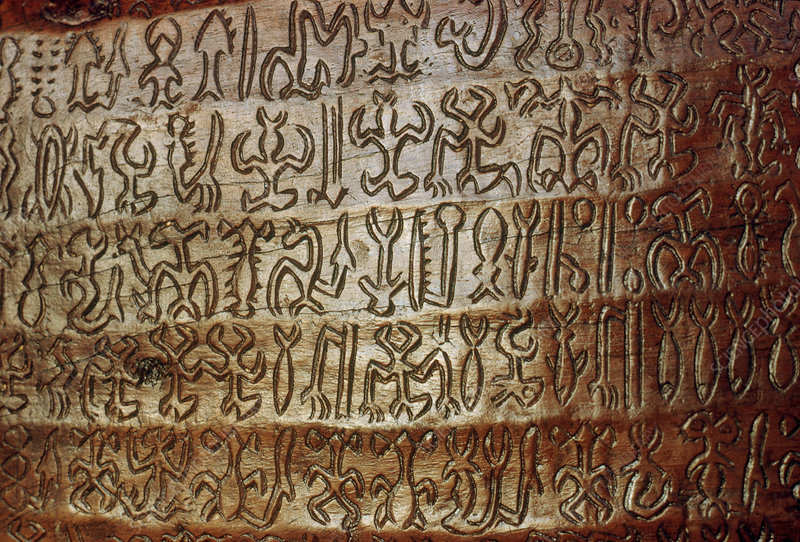
END:
In conclusion, Rongorongo glyphs, the enigmatic script of Easter Island, stand as a testament to the island’s rich history and the intertwined relationship between culture and language. This unique ideographic writing system, whose origins remain shrouded in mystery, holds a significant place in the annals of linguistic and archaeological exploration.
The limited geographic distribution of Rongorongo, confined to the shores of Easter Island, accentuates its rarity and the challenges associated with its interpretation. Despite these challenges, scholars continue to unravel the script’s secrets, seeking to decode its intricate meanings and grammatical structure.
As we delve deeper into the study of Rongorongo, we gain not only a better understanding of the people who once inhabited Easter Island but also a window into their way of life, their stories, and their beliefs. While the true origins of Rongorongo may remain elusive, its cultural significance is undeniable, serving as a bridge connecting us to a world that existed centuries ago.
Through dedicated research, preservation efforts, and ongoing exploration, Rongorongo remains a symbol of cultural heritage, a source of inspiration, and a reminder of the enduring mysteries that continue to captivate scholars and enthusiasts alike. As the journey to unlock the secrets of Rongorongo continues, it offers us the opportunity to appreciate the profound connections between language, culture, and human history.
More UFOs and mysterious files, please check out our YouTube channel: MysFiles
Mysterious Stone Spheres around the world – Costa Rica, European forest, Russia, Kazakhstan
